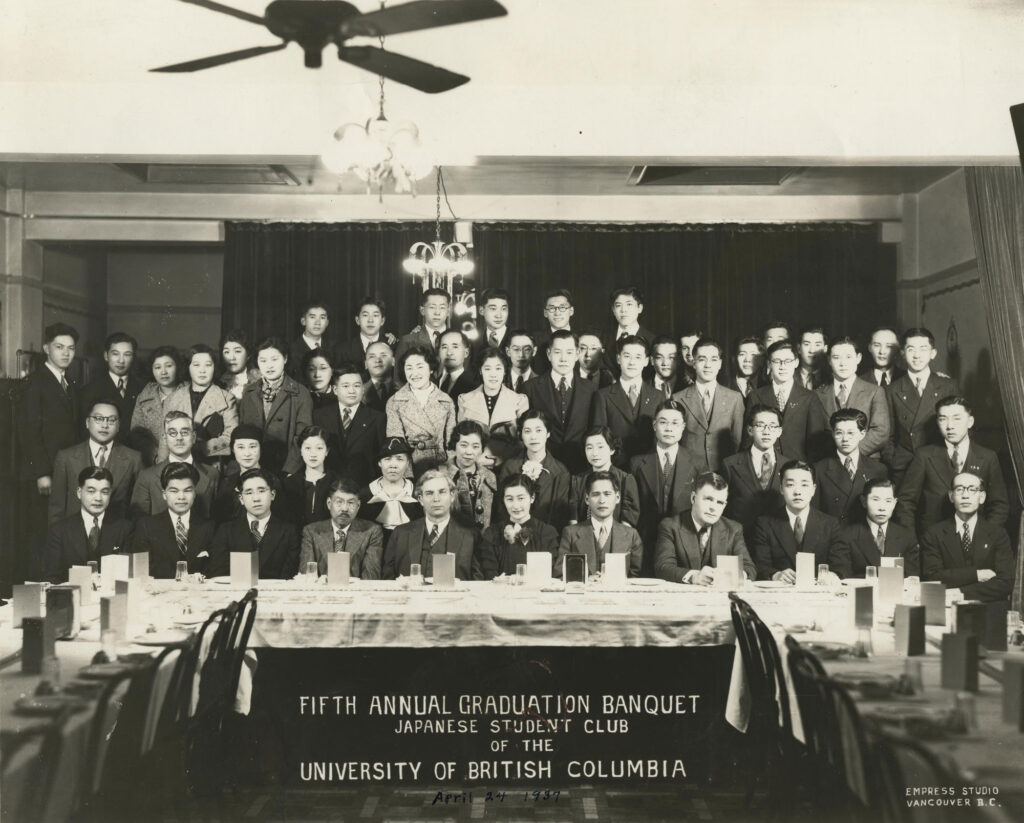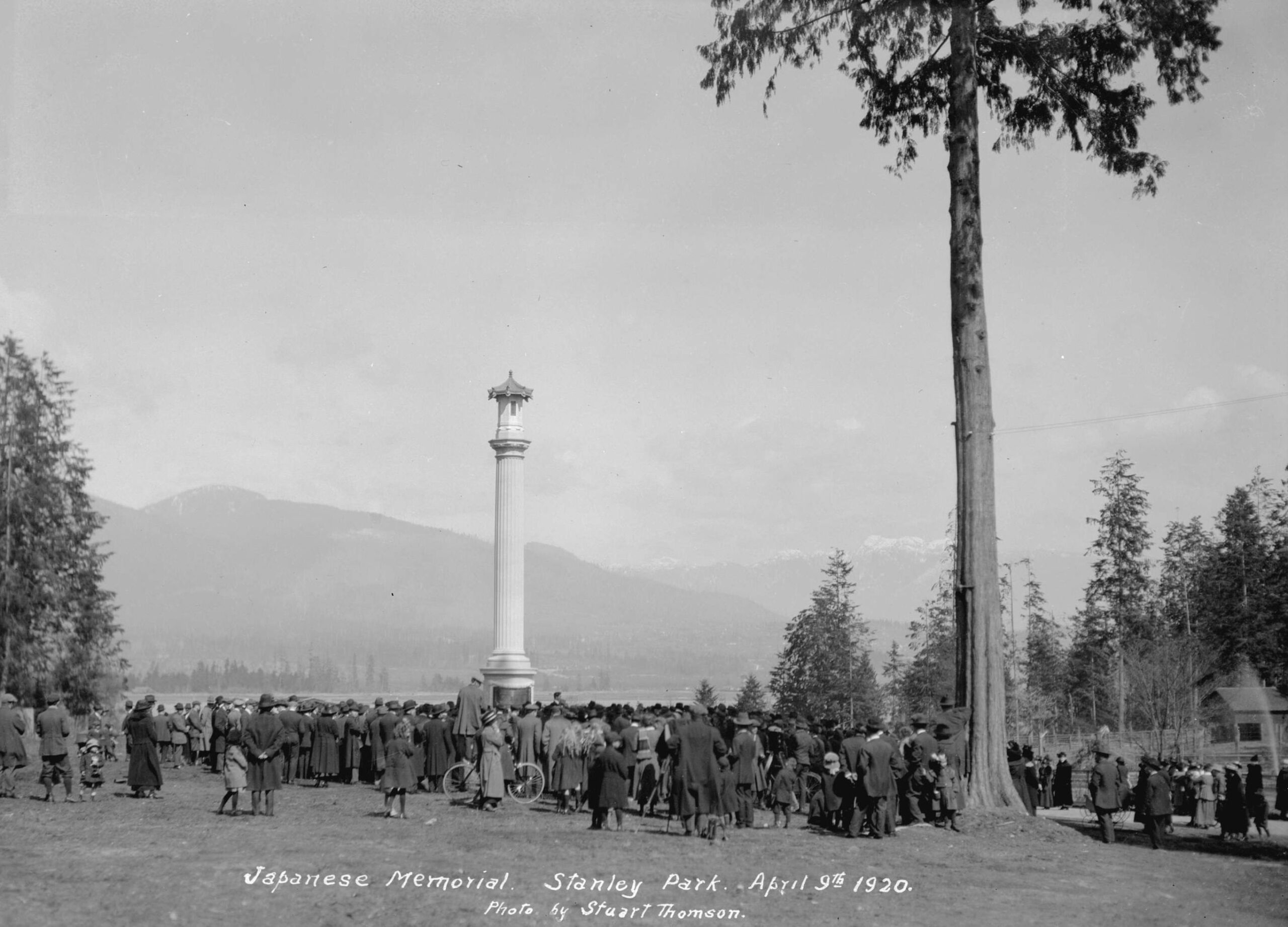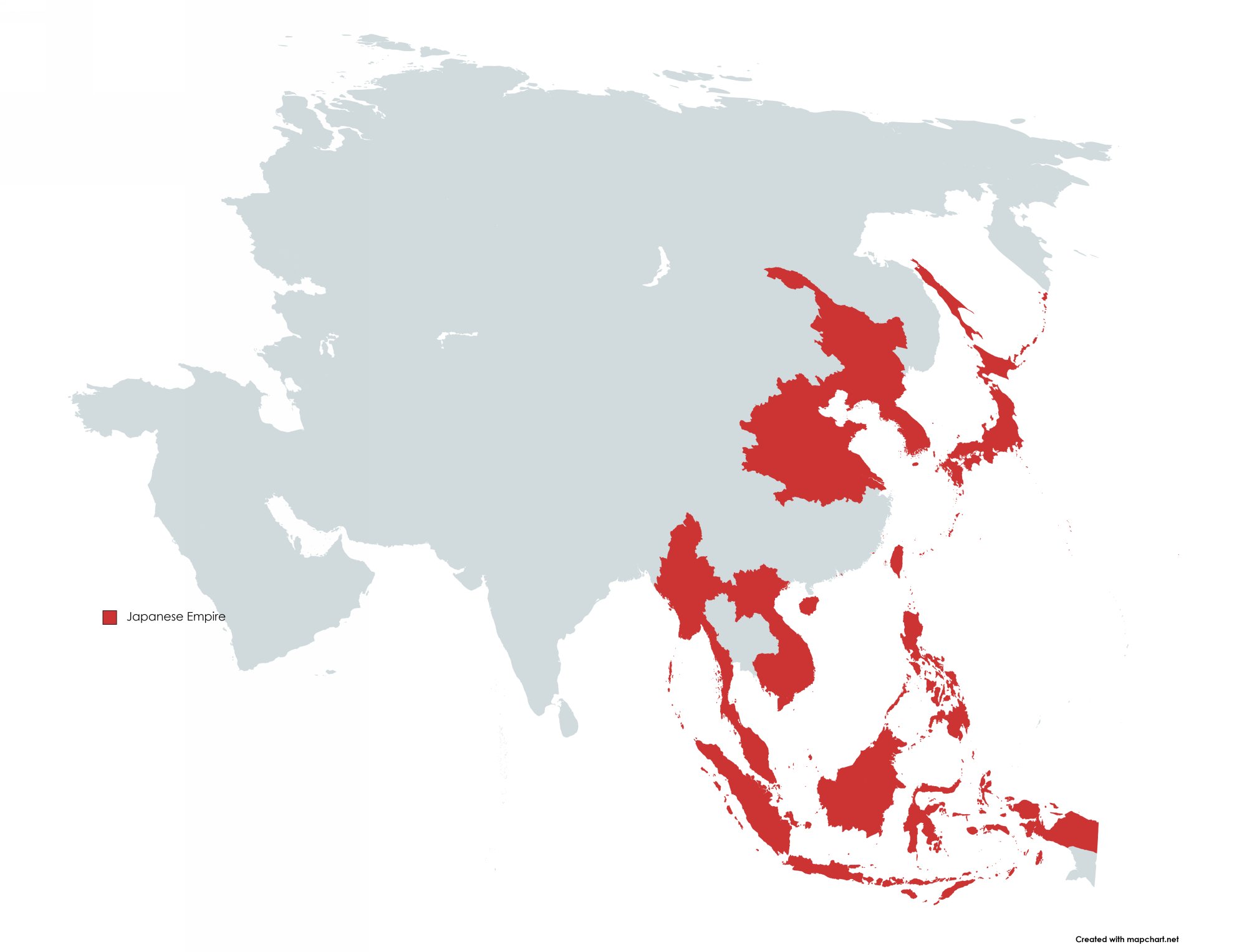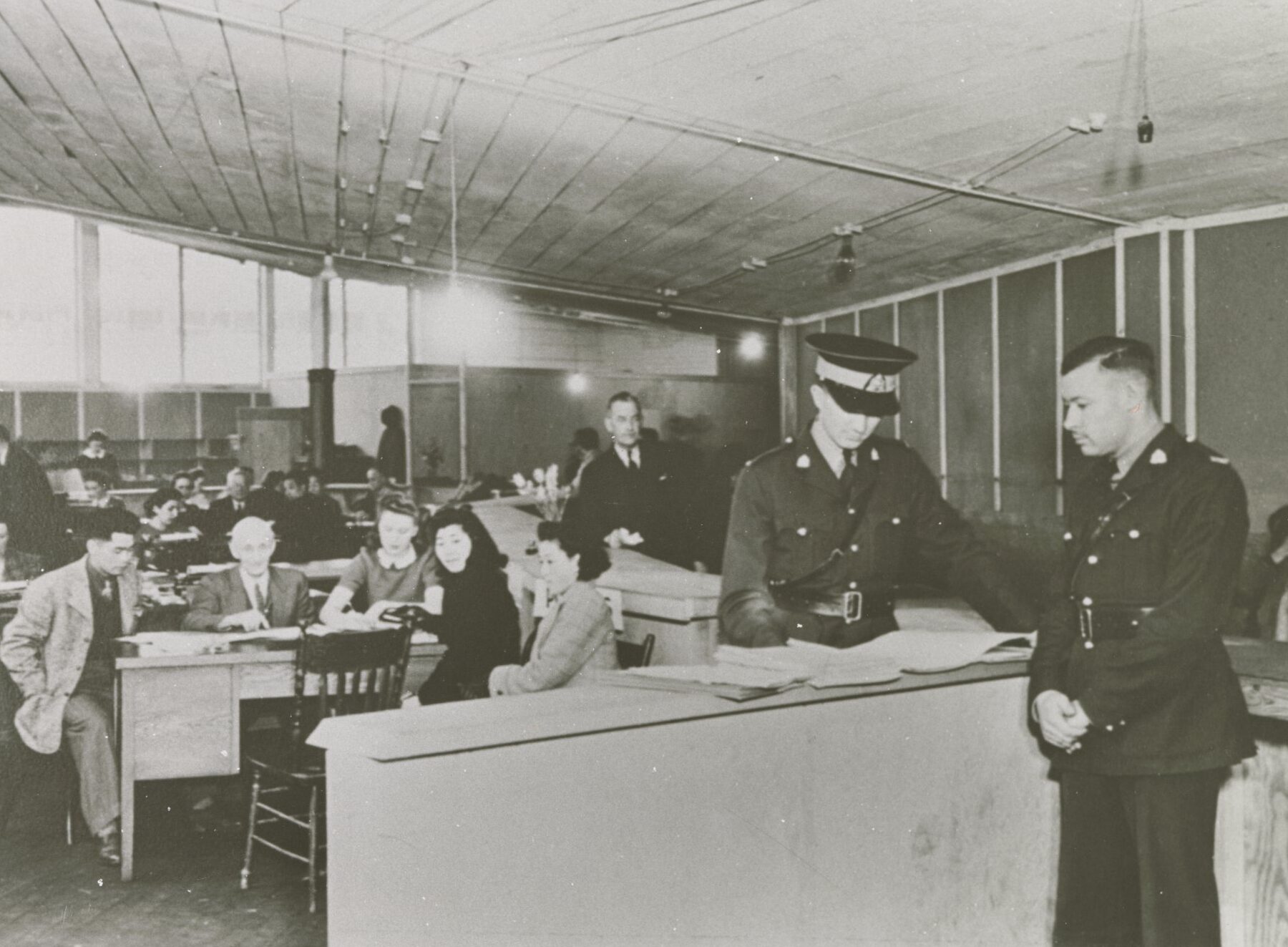The majority (between 6000 and 7000) of the Canadian nisei were born in the 1920s, with the numbers peaking in 1929 and continuing into the 1930s (The New Canadian, January 7, 1950).
By 1931, 40 years after the first arrival of Japanese immigrants to Canada, the total population of nisei was 10700 (Adachi, 1976, page 157).
The nisei, born in Canada, were very different from their Japanese-born parents. A huge rift between generations developed as the issei and nisei struggled to understand each other. The nisei rapidly absorbed the traits of Canadian society through school, where they were integrated with white children. Their preferred language was English, although their parents insisted they attend daily Japanese language schools after regular school hours. However, attending the language school limited their participation in after-school activities at the regular school (Adachi, 1976, page 165), separating them from their Canadian peers. They finished high school during the Depression years of the 1930s and because of discriminatory laws placed on them, they could only work in fields such as mining, forestry, farming, and fishing. Often, they were forced to work in small family businesses owned by their issei parents.
The issei had arrived in Canada in large numbers until their immigration was restricted, beginning in 1908. They remained physically and culturally separate from Canadian society due to language barriers and pervasive racism. Their struggles to find and retain work sometimes had meant they could not be constantly attentive to their children. In the 1930s, the issei were the main leaders and business people and had financial control (Theurer, 115) in their communities. Issei were alarmed to see their children quickly adopting the ideals and behavior of Western society. They felt that the nisei lacked their own work ethic and frugality, accusing them of being careless, ignorant of Japanese culture, impolite and hedonistic, lacking in the kind of daring pioneer spirit that brought their own generation to Canada (Sumida, 1935, page 416 to 442).
Rigenda Sumida surveyed the opinions of 2016 British Columbia nisei over the age of 16 (deploying teams of nisei university graduates as interviewers) in the 1930s for his Masters thesis. He reported that as a result of the discrimination directed against them and because of their parents who couldn’t integrate into Canadian culture and still idealized Japan, the nisei were pessimistic about their future in Canada. They were criticized by the issei for thinking like Canadians and attacked by Canadians for looking like their parents. They were not allowed to sit in “white areas” of theatres or use swimming pools during “white hours”. Nisei were constantly confused by the choices they were presented with: assimilating or retaining Japanese culture and mindset (Sumida, 1935).
The Japanese Students Club was formed in 1935 (Theurer and Oue, 2021, p 115). It included not only University of British Columbia students, but high school students and other citizens. The first president of the club was Roger Obata, a UBC engineering student who later served in the Canadian Army and was a key member of the Japanese Canadian redress movement.

Front row: L. to R. Ed Ouchi, Shuichi Kusaka, Peter Higashi, Mr. Eikichi Kagetsu, Dean Buchanan, Kiyo Yoshida, Consul Nemichi, Prof Finlayson, Roger Obata, Tsuneo Kondo, Dr. M. Miyazaki.
2nd row: Fujikazu Tanaka, Mr. Saburo Shinobu, —, Nobu Ishizaki, Mrs. Higashi, Hide Hyodo, Mary Kato, Kiyo Yoshida, Yoshida, —, —, George Tamaki.
3rd row: Kunio Shimizu, —, —, — Yoshiko Momose, Kimiko Takimoto, Irene Uchida, Densaku Kondo, Dr. Ed. Banno, N. Yamaoka, Tommy Shoyama, H. Okuda, Albert Takimoto.
4th row: Yoshiko Kagetsu, Fumi Ohori, Mr. T. Sato, Rev. K. Shimizu, Kiyoaki Momose, Hideo Iwasaki, K. Kitamura, Teiji Kato, —, Sho Mizuhara, Kiyoshi Shibuya, Daniel Washimoto.
Back row: —, Hyodo, Geo. Saito, Harry Naganobu, Eiji Yatabe, Yoshimitsu Higashi.
Members of the Japanese Students Club were anxious to gain full and equal rights of citizenship and greater opportunities for Japanese Canadians. “If more Canadians could be made aware of Japanese problems, especially if supported by hard facts and not through the rhetoric of politicians, nisei thought that the principles of democracy would eventually be applied to them (Adachi, 1976, p. 158)”. The greatest obstacle to their economic advancement was their inability to vote. In order to participate in most professions, they needed to be on a voters’ list. However, in 1935, the only Asians allowed to vote in the country were the small number of Japanese Canadian First World War veterans.
Nisei graduates seeking jobs were faced with the same restrictions that the issei had encountered, despite having education or specialized training that qualified them for professional work. Most university graduates found that they were unable to work in their chosen profession. The exceptions were in dentistry and medicine, but the nisei dentists and doctors labouring during this period worked in the Japanese community (Adachi, 1976, p.172). Eiji Yatabe, a 1939 chemical engineering graduate, was the first nisei to obtain a Master’s degree at UBC. Despite his advanced degree, he was unable to find a job in his field in British Columbia. When the internment of Japanese Canadians began, he was working as a gardener for his older brother after the death of their father.
Some nisei graduates who were frustrated with the lack of opportunity in British Columbia, including Roger Obata, went to Japan to find work. They found that Canadian nisei were not welcomed in Japan and were regarded as foreigners, despite being able speak Japanese (Theurer, 2021, p. 112). “The nisei were caught between two worlds. In Japan they were foreigners; white Canadians thought of them as Japanese. As the foreign policy of Japan veered further and further from western alliance, the plight of the Japanese in British Columbia, never good at the best of times, became worse and worse (Ito, 1984, p. 100)”.




